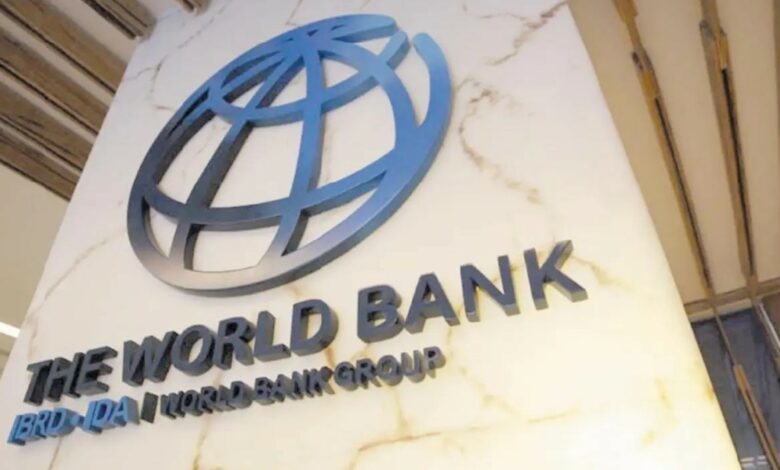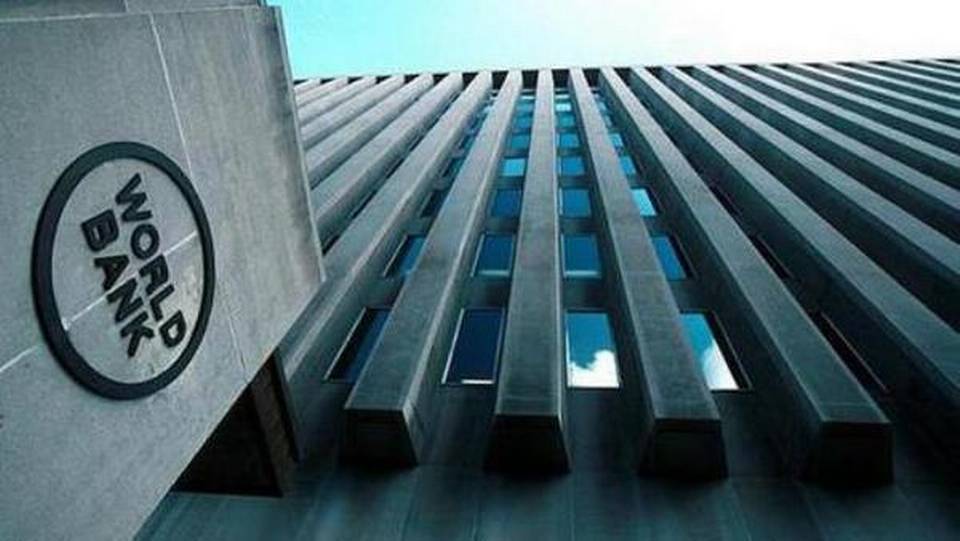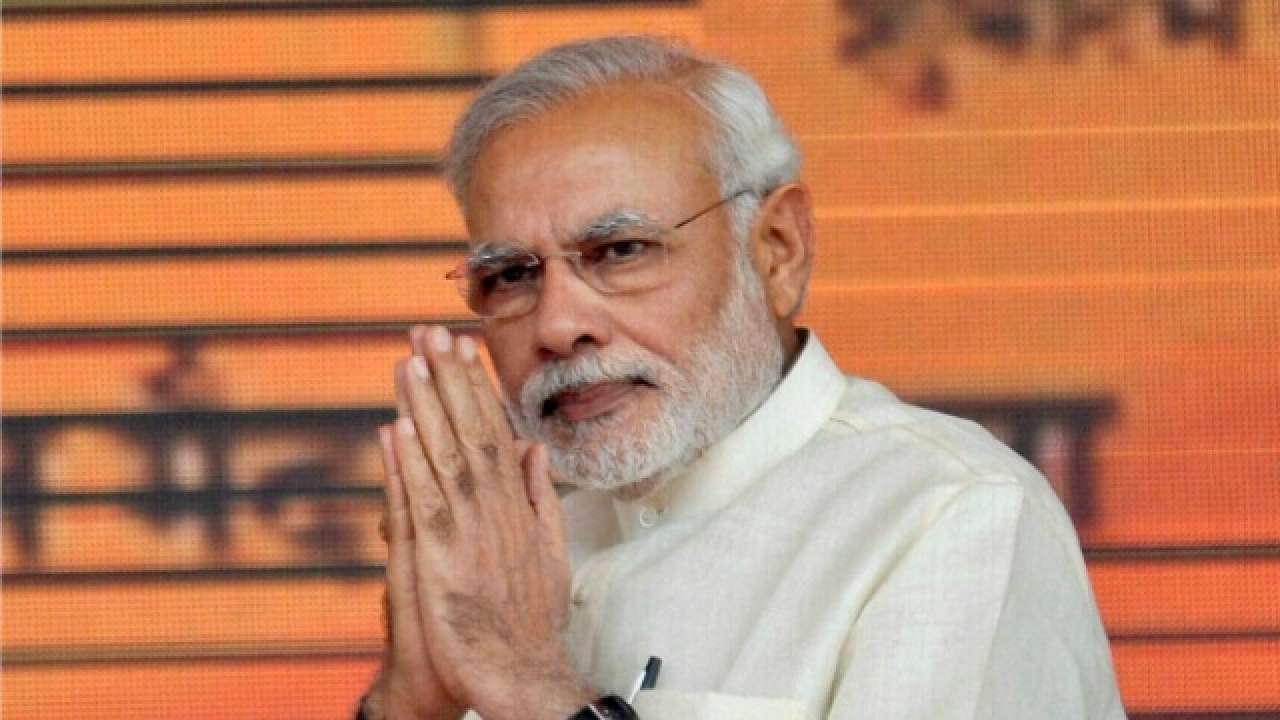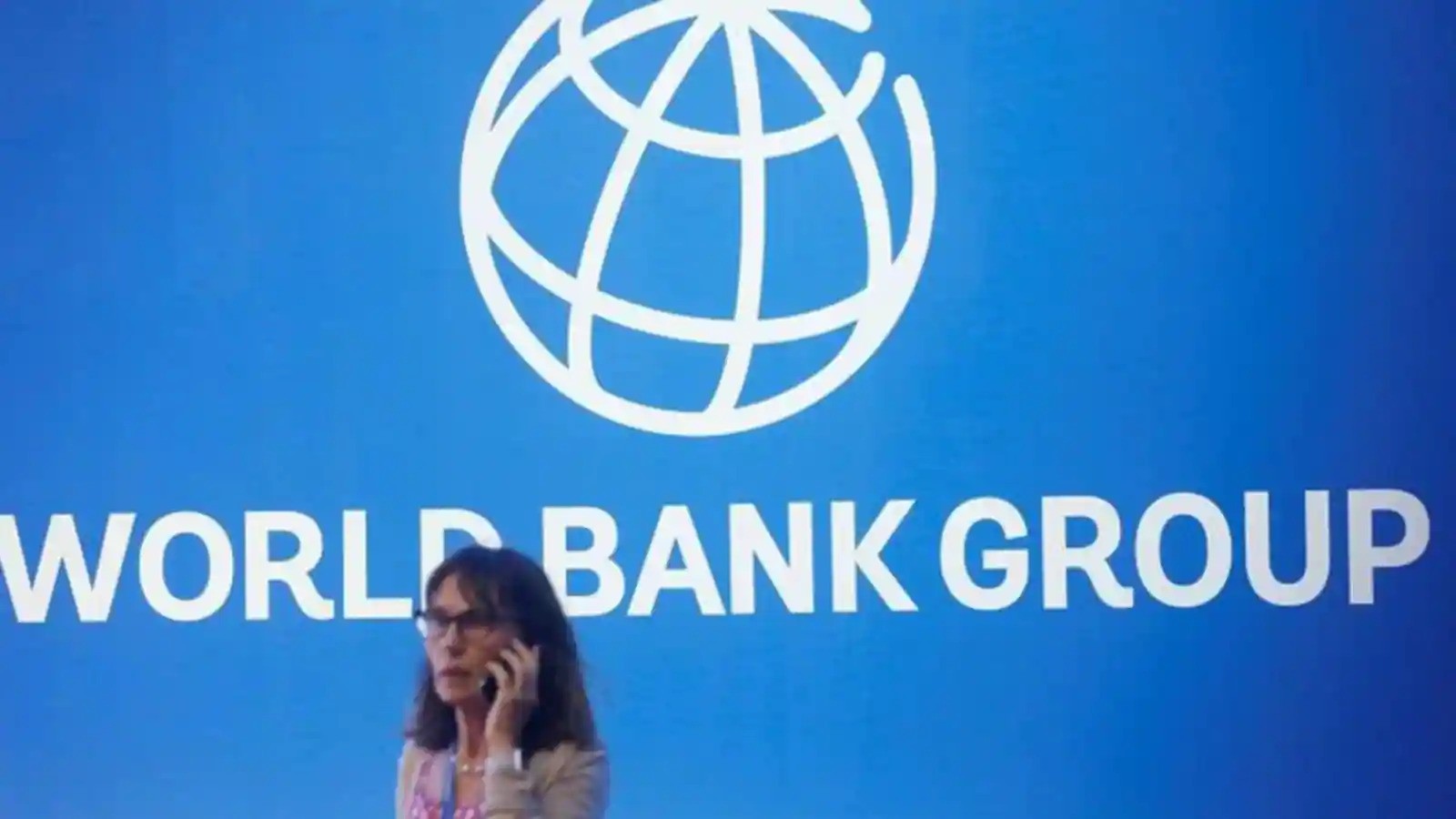
The World Bank asserted through its report that India’s potential GDP growth could substantially increase for the fiscal year 2021-22. The Indian economy has been down and out in the shadows and steadily has engulfed industrial impotence. The Washington-based global lender, in its South Asia Economic Focus report, released ahead of the spring meeting of the World Bank and the International Monetary Fund(IMF), said the economy was already stagnating when the Covid-19 pandemic burst onto the global scenario. India’s economy never appends to be a prominence force in terms of its GDP valuation.
The potential menace of the pandemic has acted as jeopardy for the growth of the Indian economy. Long-term opportunistic youths have gone lost under the cosh. The spoilsport of the epidemic has hit every sector blatantly, and over the past few months, the world has reached staggering depths. The stumbling block is disappearing gradually as the Indian economy commenced on the road to recovery. The World Bank reports that India recuperated big days but still is under the woods. India’s economy has bounced back emphatically from the Covid-19 pandemic and the nationwide pandemic over the last year.
“Given the significant uncertainty pertaining to both epidemiological and policy developments, the real GDP growth for FY21-22 can range from 7.5 to 12.5 percent, depending on how the ongoing vaccination campaign proceeds,” said the World Bank through a press release.
WHAT INFLUENCED THE SLOWDOWN OF THE INDIAN ECONOMY?
The statistical figures have constantly declined India’s progression in the global markets. The GDP evaluation in FY17 was estimated to be around 8.3 percent, then how come it dropped to such low figures by FY 20. Political interference and lack of government proliferation may be the missing link to the low GDP growth. The expert analysts examined various reports at the time and concluded that the slowdown got enforced in the Indian economy.
The primitive reasons were the decline in the private consumption growth and the shockwaves of the financial sector. The collapsing catastrophe of the largest non-bank financial institution sent shocking alerts to the financial industry and impeded the overall hype surrounding the Indian markets. The Indian economy has undergone condescending disruptions in compounding growth, and the backlash added more misery to the pre-existing weaknesses.

The infringement got more validated due to the pandemic, which left an emulsifying impact on the living standards of Indian citizens. Across India, around 1.25 million people lost their jobs during the pinnacle of the pandemic. The furlough resulted in rasping circumstances as the effect severely changed the vigours of India.
The countenance on the road to recovery overhauled the industrial production would be in touching distance of the pre-pandemic levels by the end of the fiscal year 2020-21. The recovery rerouted towards another dimension as the government conveyed its linchpin to rallies and campaigns. The GDP growth was cornered away without giving due diligence.
World’s Bank Perspective on India’s bounce back to Positive Growth
The indispensable uncertainty around growth is driving madness to bizarre tragedies. But how could these times change into reaping times ahead? The South Asia Economics Report by the World Bank gives a new perspective to the conditions pertaining to the Indian economy. It suggests that the real GDP growth could enhance its valuation by 5 percent, and India could achieve the pre-pandemic levels by the end of 2021.
The growth would depend on how the ongoing vaccination drive proceeds, whether new restrictions to mobility are required, and how swiftly the world economy recovers. Industrial production has been unprecedentedly increasing with time but often faces the hurdle of political interference or lack of resources.
“It is amazing how far India has come compared to a year ago. If you think a year ago, how deep the recession was unprecedented declines inactivity of 30 to 40 percent, no clarity about vaccines, huge uncertainty about the disease,” Hans Timmer, World Bank Chief Economist for the South Asia Region, told news outlets in an interview.
Considering the sizeable stature of India, it is challenging for the government to vaccinate Indian citizens. The circumstances pose new frets as the second wave of the coronavirus is edging the corners of India. It could lead the country towards another prolonged lockdown, and all gain could be lost in vain anytime soon.
Mr.Timmer turned his attention towards the economic side, which showed the negative impacts of the Indian economy on the per capita income. Over the past two years, the per capita income of households has declined wobblingly. In the context of the claims ascertained by the government, such a condescending effect shouldn’t have happened. But isn’t the negligence of the government to blame in all the sufferings of the middle-class communities?
Despite the road-raging comeback by the economy, many sectors haven’t fared their way out. Huge implications are mounting up the financial industry. There is a contrasting difference between what India made look like by the media houses and what is the current prevailing scenario of the Indian economy. The tensions boil over the financial experts due to the constant bragging down of the share prices.

What have been the repercussions of the pandemic in the financial sector, and why is it not mitigating?
The economic projections have been rolling down the pin, and it seems like the financial sector is depleting with every passing moment. How has the long appealing vengeance turned into misery for the financial industry? The persistent inactivity in various companies led to no demand compliance for the customers. Furthermore, the digital allocations were the only primitive source that gained acceleration. Complete curtailment led to a staggering record low in revenues and GDP growth.
Although, as the activities resumed, the economy started to cast upwards higher inflation curbed the requisite investment to uplift the companies finances. The financial crisis could get resolved by mitigation measures like private investment and an increase in the per capita income. But the surge of the coronavirus stands within our sights could deepen the black hole even further. Contrastingly, the contraction in outputs would emerge, and the colossal collapse would deteriorate the financial industries.
Acknowledging it to be not normal to cite the figures in numbers, the World Bank said that we are going through a series of unprecedented times, one that has not got observed before. Evaluating growth in figures would raise many eyebrows towards the World Bank, which may have serious aftermath in the future.
Has the World Bank appraisal given Unprecedented coverage to the Modi government?
Over the past year, the World Bank has entitled India to be one of the progressive roadmaps in the road to recovery. In the recent report, World Bank lauds the Modi government for comprehensively carrying out the vaccination drive across India. Has the appraisal turned out to be a tethering of overconfidence? The government, over the past year, has tried its all to pocket its revenues. Rather than accelerating the growth, it got featured in redundant controversies which were not concerned with the stagnation of the Indian economy.
The Modi government got valuable recognition in World Bank’s report due to its concatenation in Gujarat. With the current regime, we are spotting developments in secluded areas. Given India’s diversification, are the advancements commendable or just hiding the overhauling concerns in the country? The debate is for another linchpin. The World Bank report recommends Indian authorities augment the trade procedure to induce more workers into the framework.

The growth prospects for the fiscal year 2021-22
The fiscal trajectory of India would not have another prolific meltdown amid the Covid-19 outage. The adjustments after the pandemic would not be an immediate fix as the complexion of the fiscal policy has been in jeopardy for years. World Bank‘s report reinstated that the general government deficit expects to remain 10 percent of GDP until FY22. As a result, the public debts will amount to much of the heavyweight comprising 90 percent of GDP in FY 21 before declining substantially.
As growth resumes and the labor market prospects improve, the poverty reduction expects to return to the pre-pandemic trajectory. All these facts are soothing to the earbuds, but does any of them have any truth behind them? Most of the Indians have recognized the obscurity under the current government and are unwilling to condor more lies. Government-related services have not impacted any of the growth prospects for the migrant workers since the reopening of the lockdown.
World Bank said that the projected poverty returns look set to return to the pre-pandemic levels by FY22. With the growth inline for concentrated hands, are the poverty rates going to decline in a daydream? It is the question requested by many of the fellow Indians. The project sets to reach zestful figures, which cannot even get imagined in delusion. The government is willing to stand up to many assurances it gave to the people at the start of this new chapter.
Valuable indications, on the other hand, have never supported the government’s arguments. Over the tenure, we have overseen the conditions of the poor harshen in times of upliftment. The economic disparity has engulfed the rich and the poor into different statures while India lives and dreams on the notion of equal rights. As per the World Bank’s report, Indians can aspect higher growth opportunities opening the bridge of employment opportunities, increase in income, and many other depleting factors of the Indian economy.
Moreover, apart from the growth prospect, what is more, important is the validation of equal rights and deserving pay throughout the country. When we look at the scenario on the global stage, we found lots of differences in their way of treating their citizens. If the boon of the workers needs attention anytime, it surely does now in the harsh circumstances. The government’s decision the repealing the three contentious laws protested by the farmers shows how unionization could prosper India being one of the leading forces in the international markets.
Concluding, the World Bank also narrates that it looks to extend its ties with Indian authorities to curb the ramifications of the financial industries. The government is looking into collaborating with many influential organizations across the world to ease its way on the road to recovery.




